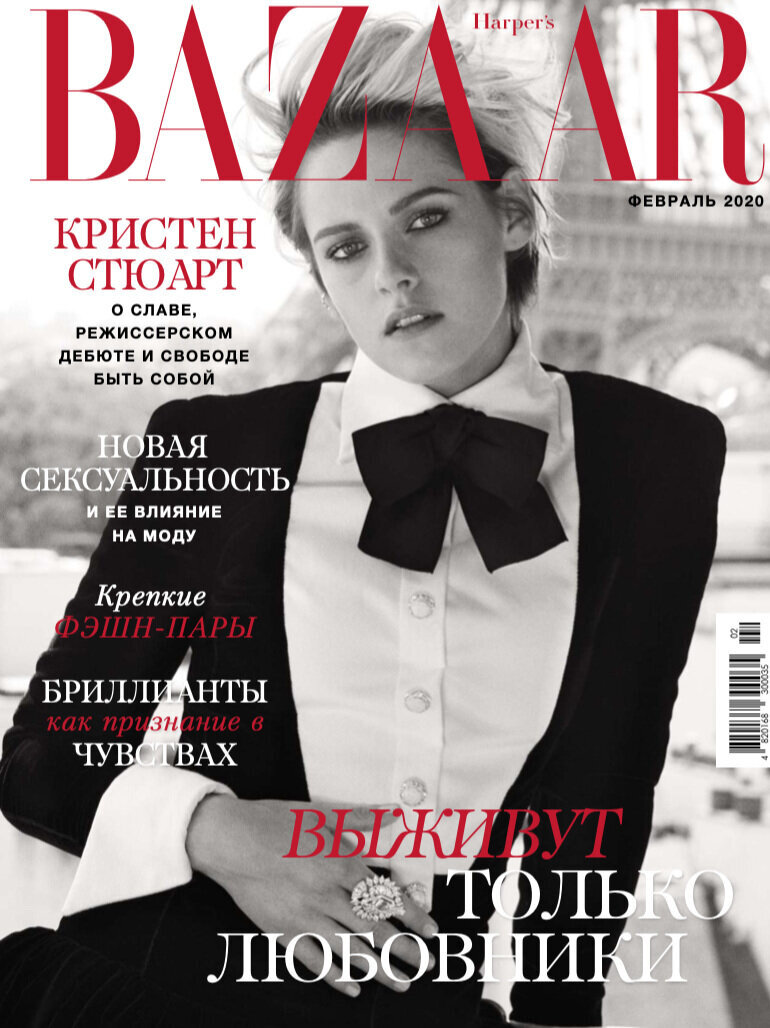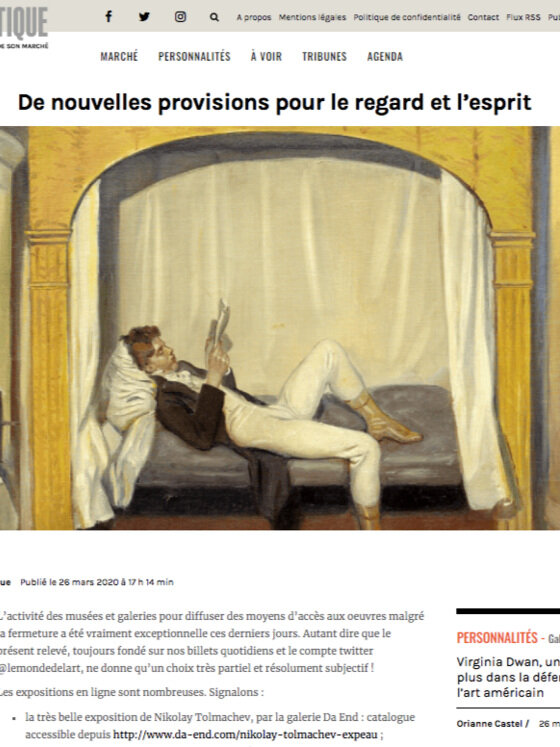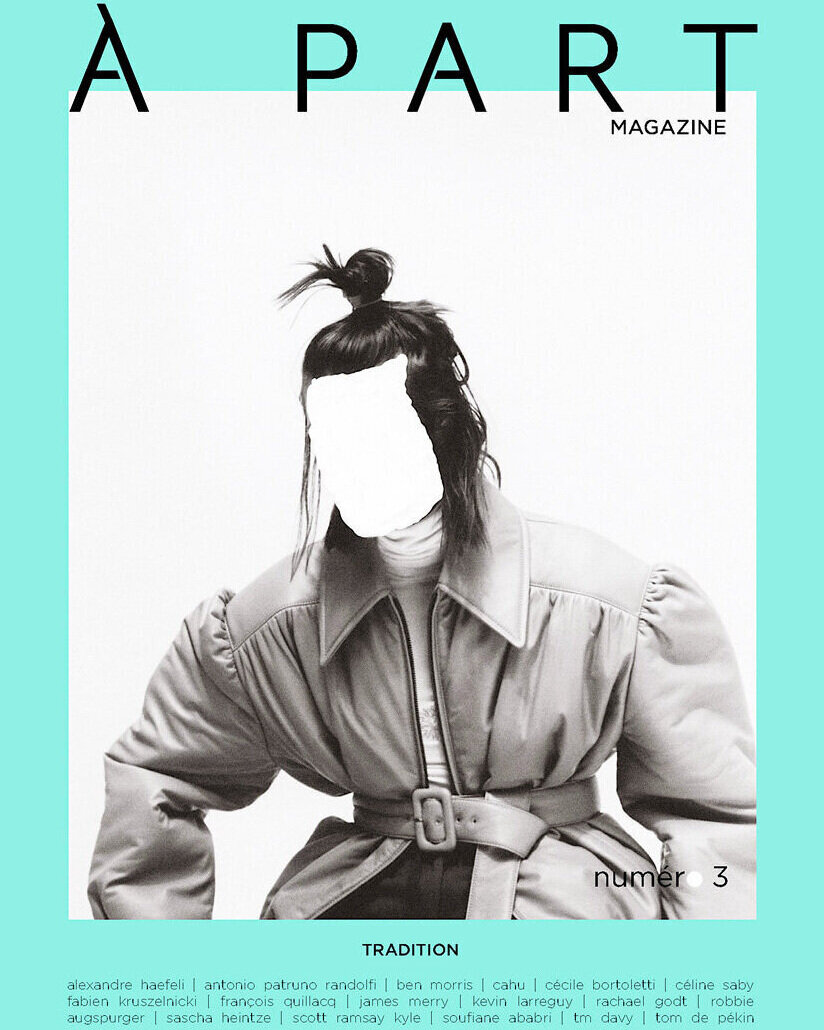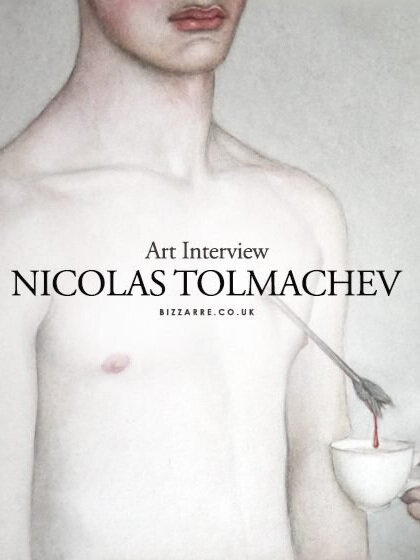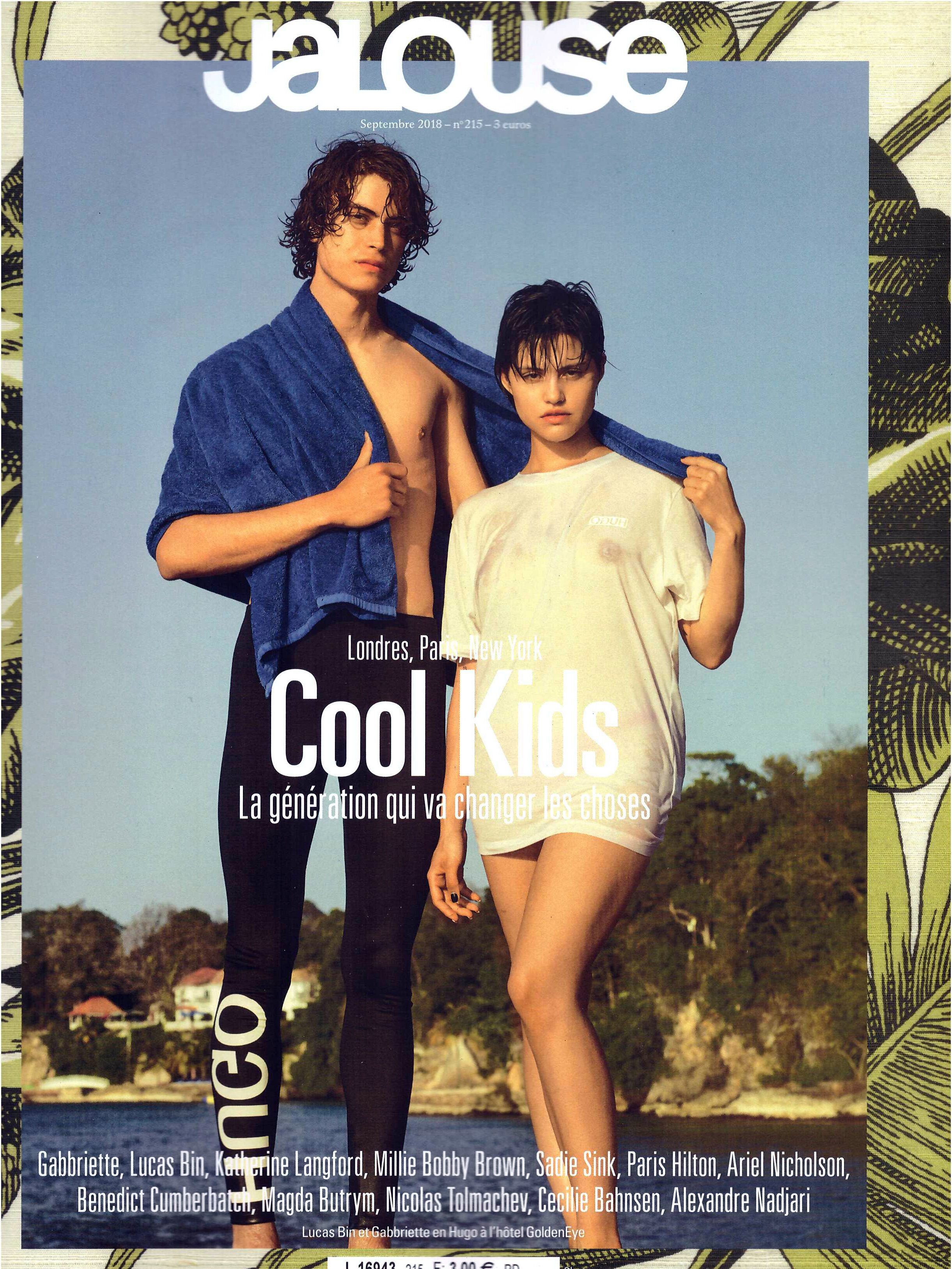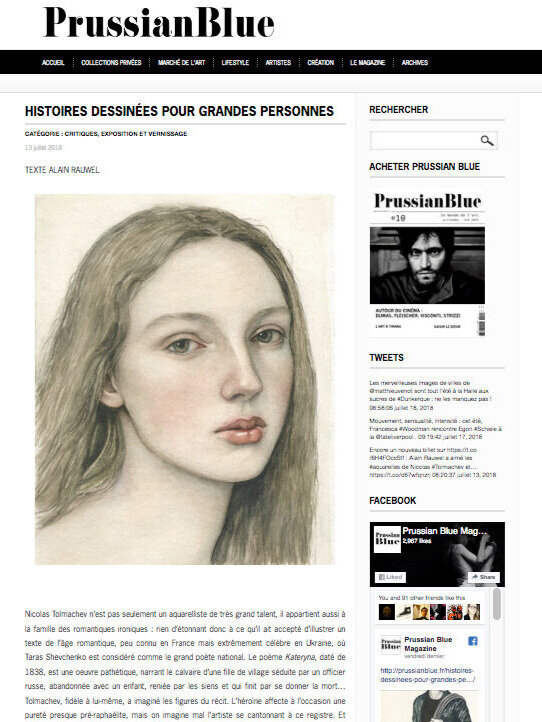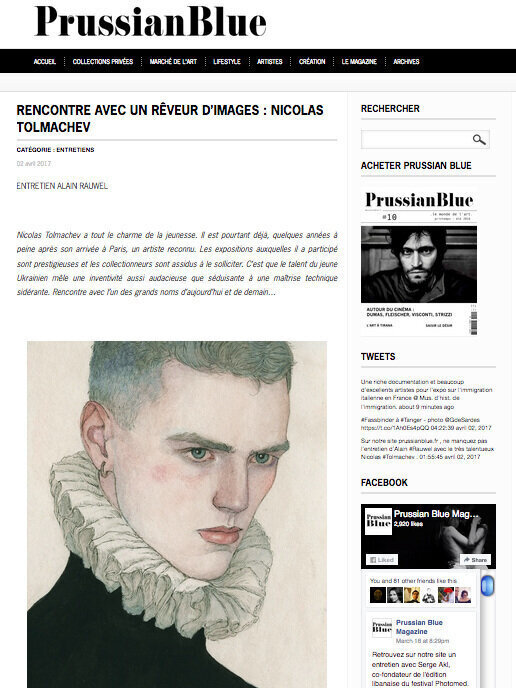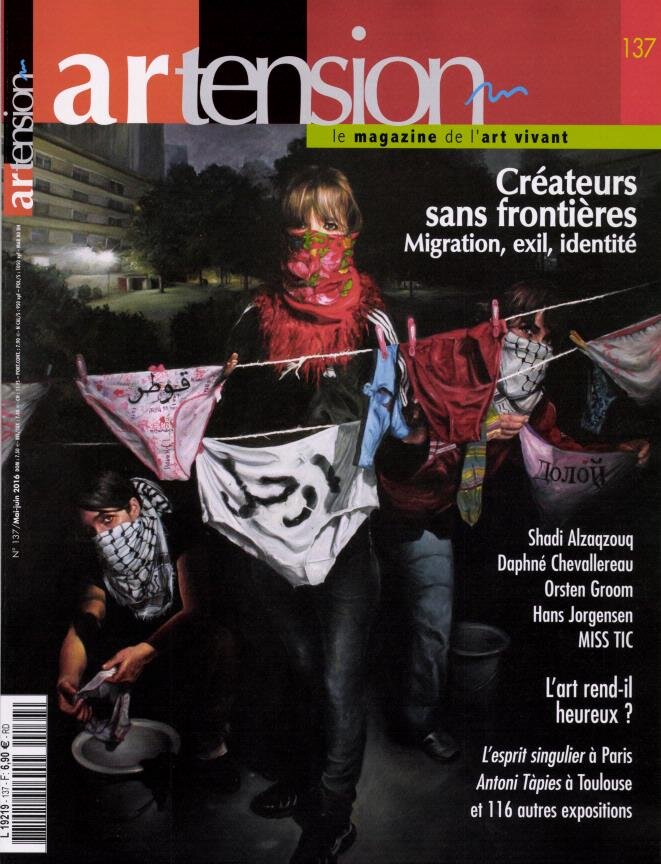MYKOLA tolmachev
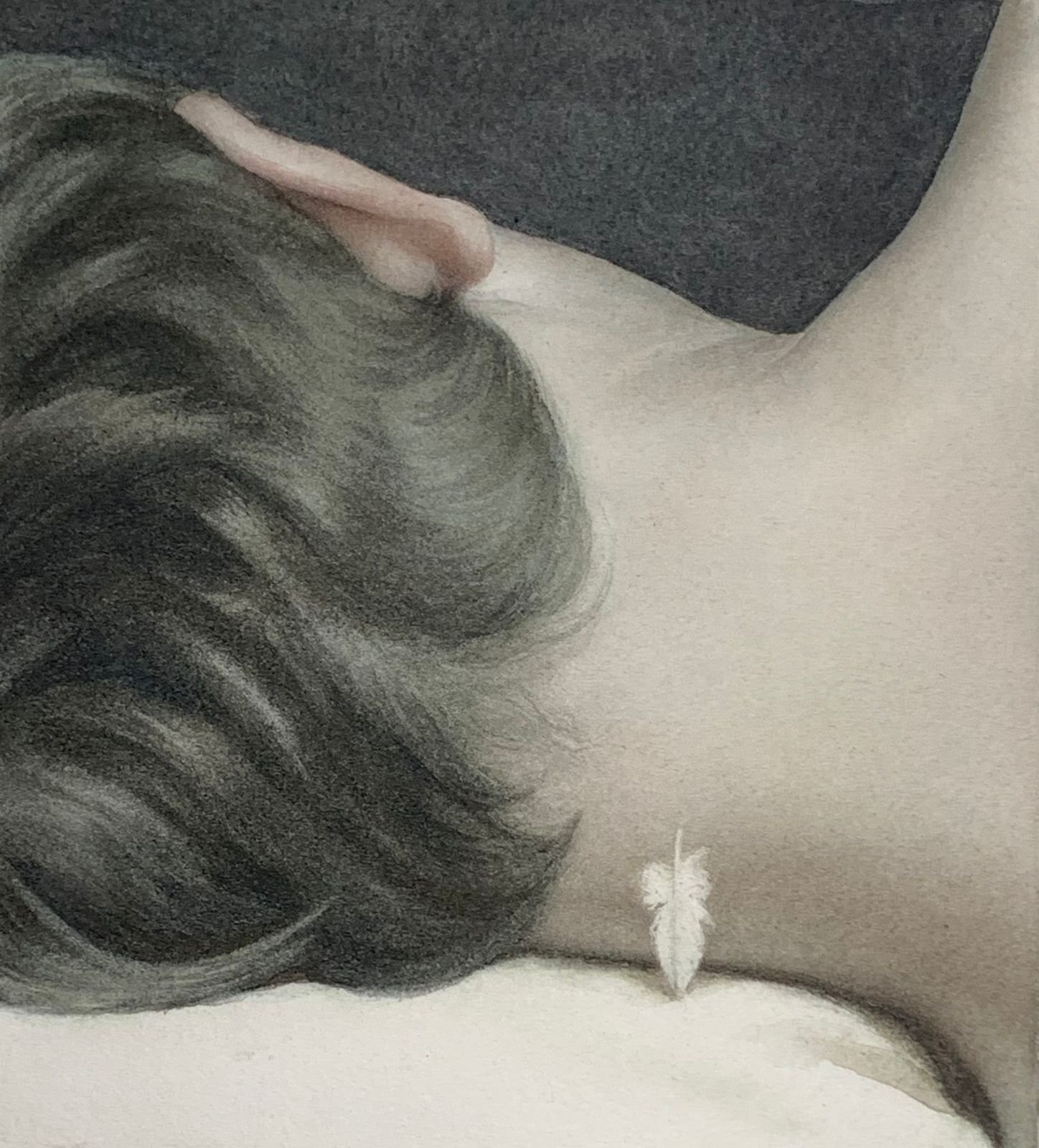

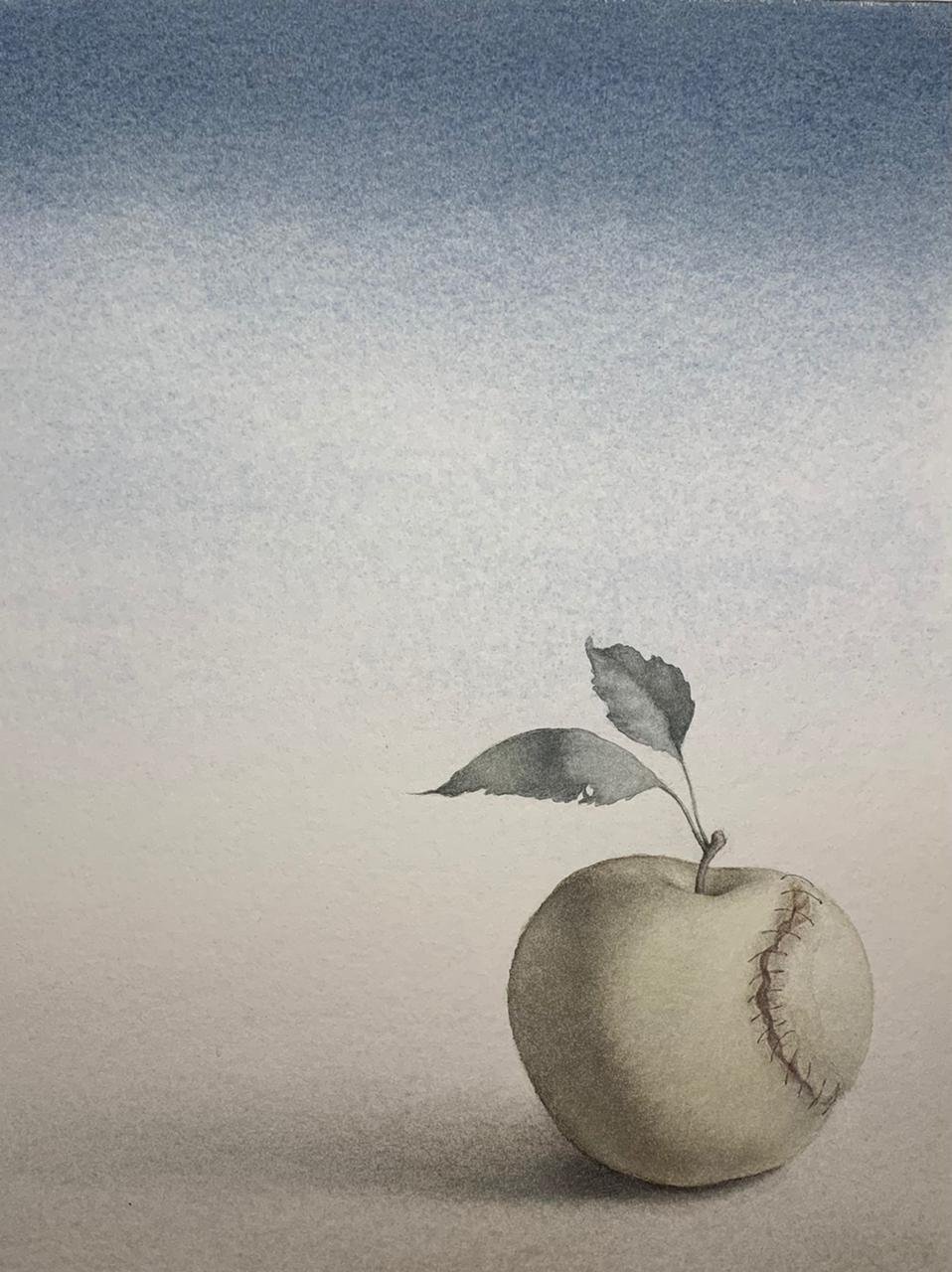
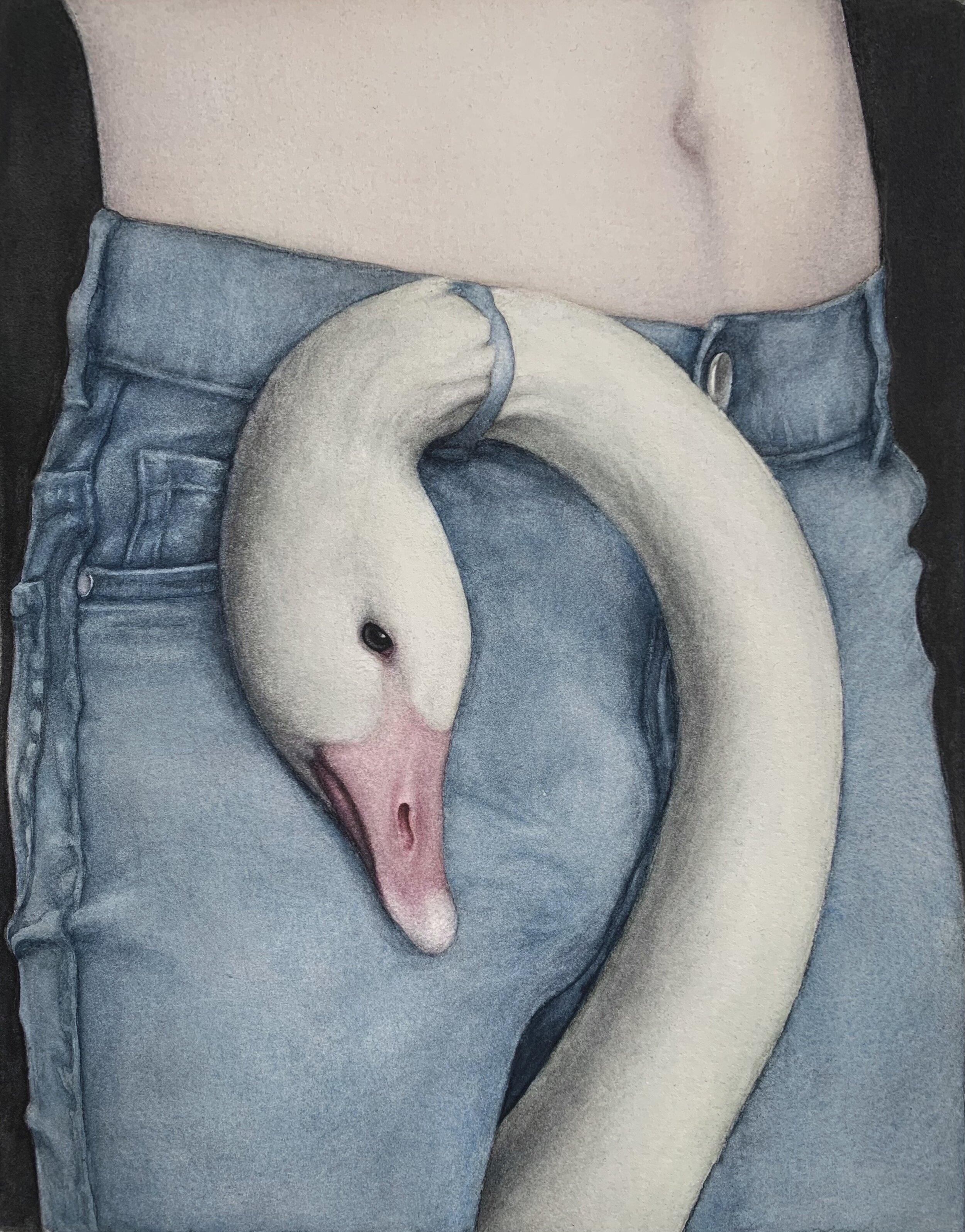
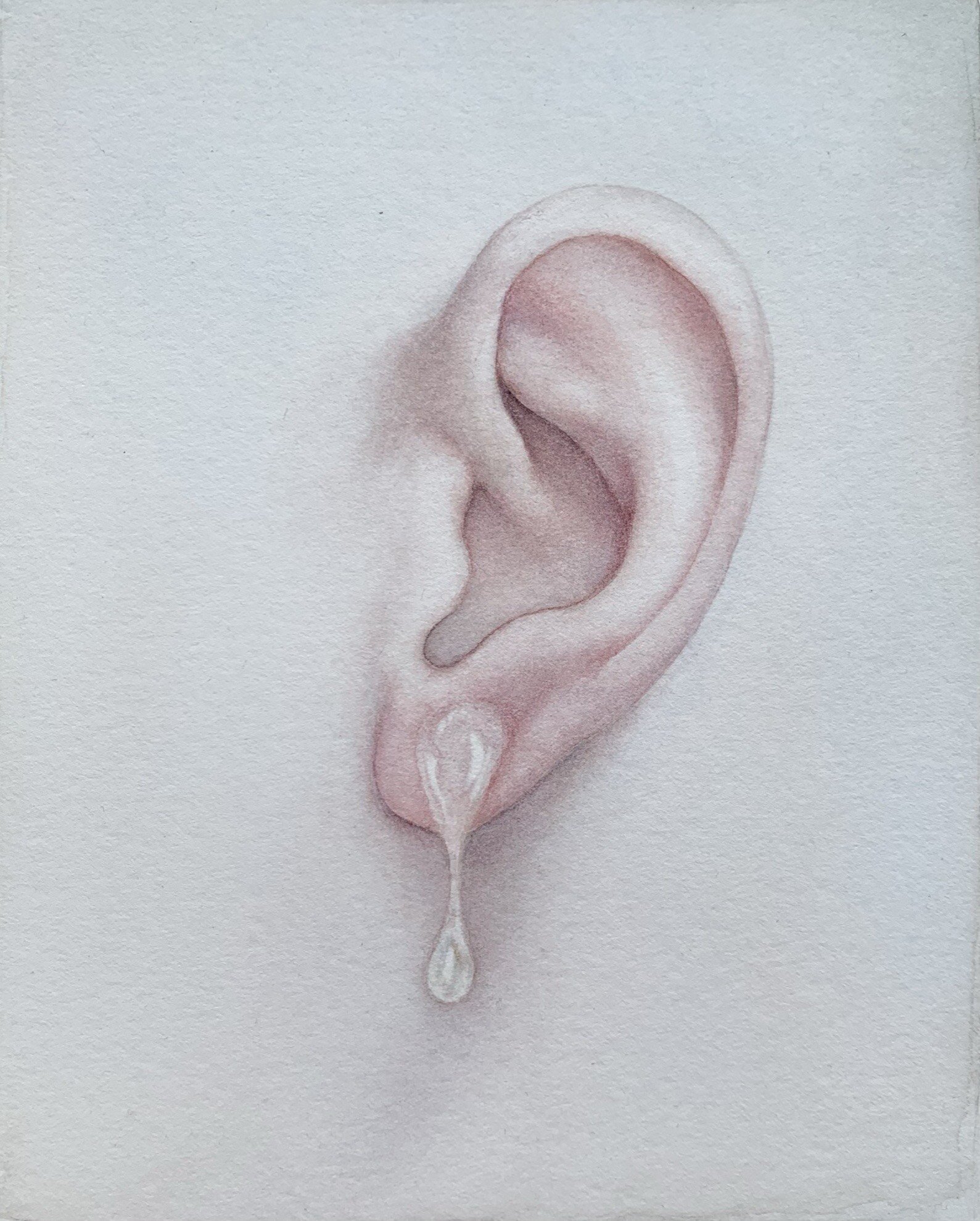

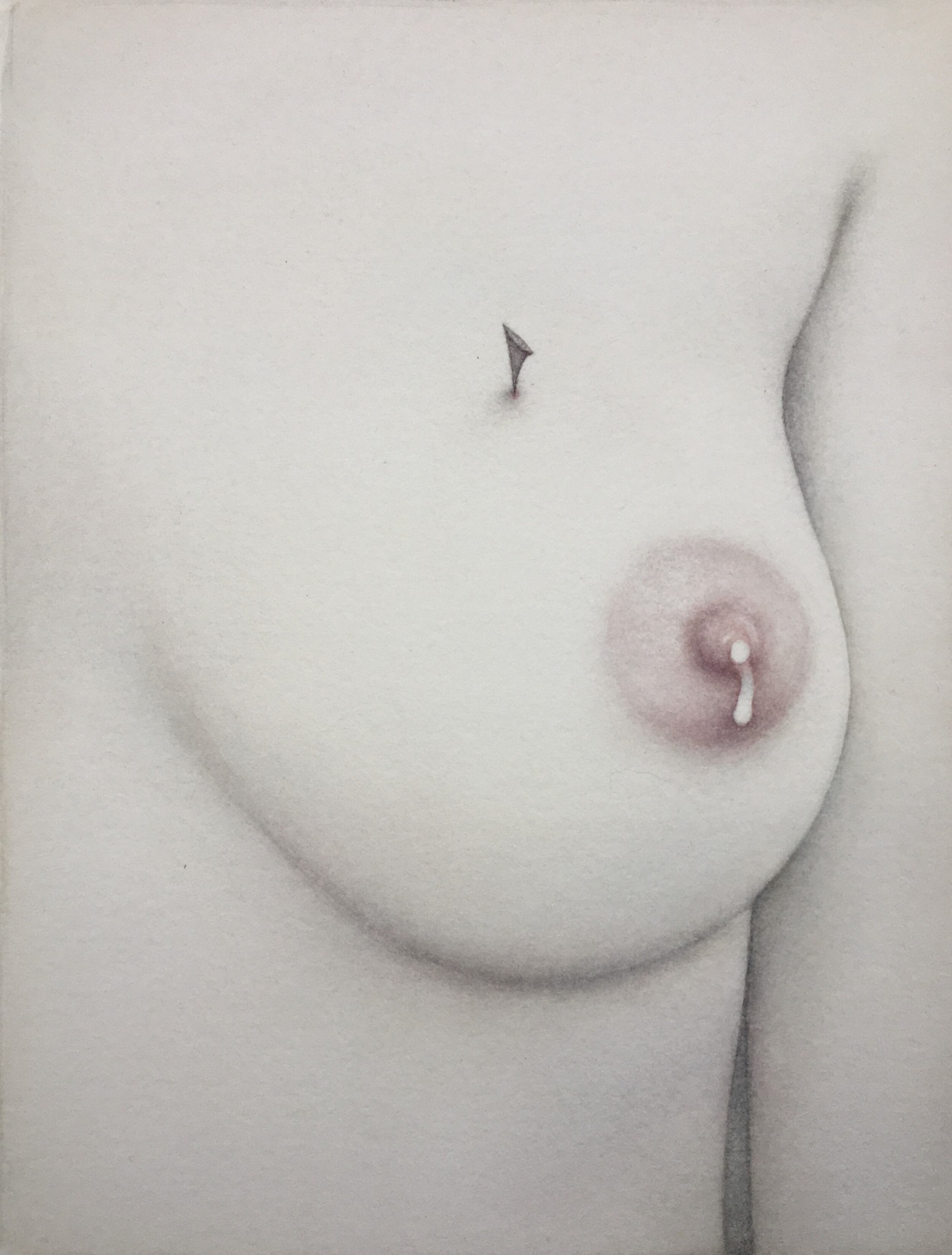
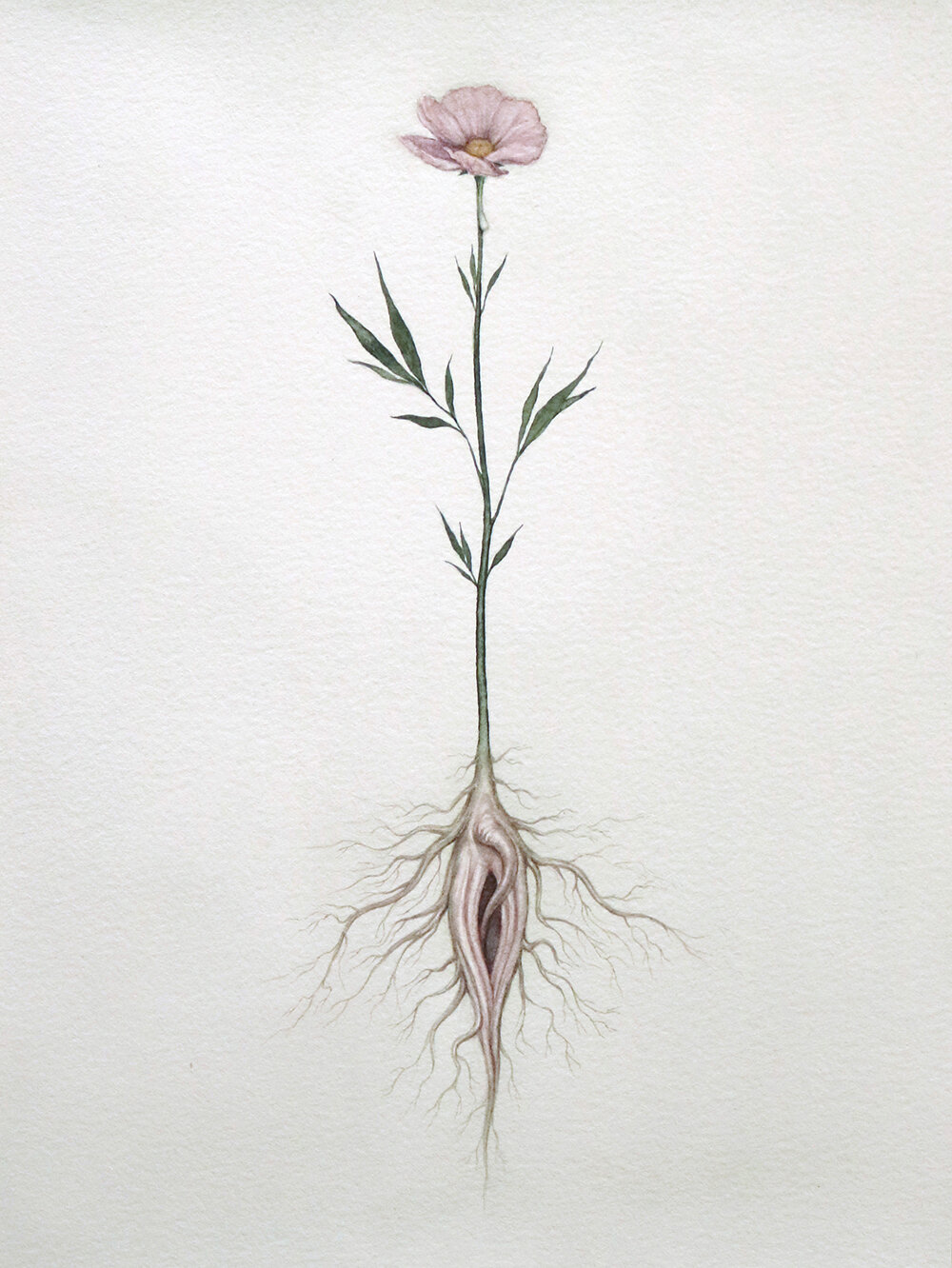
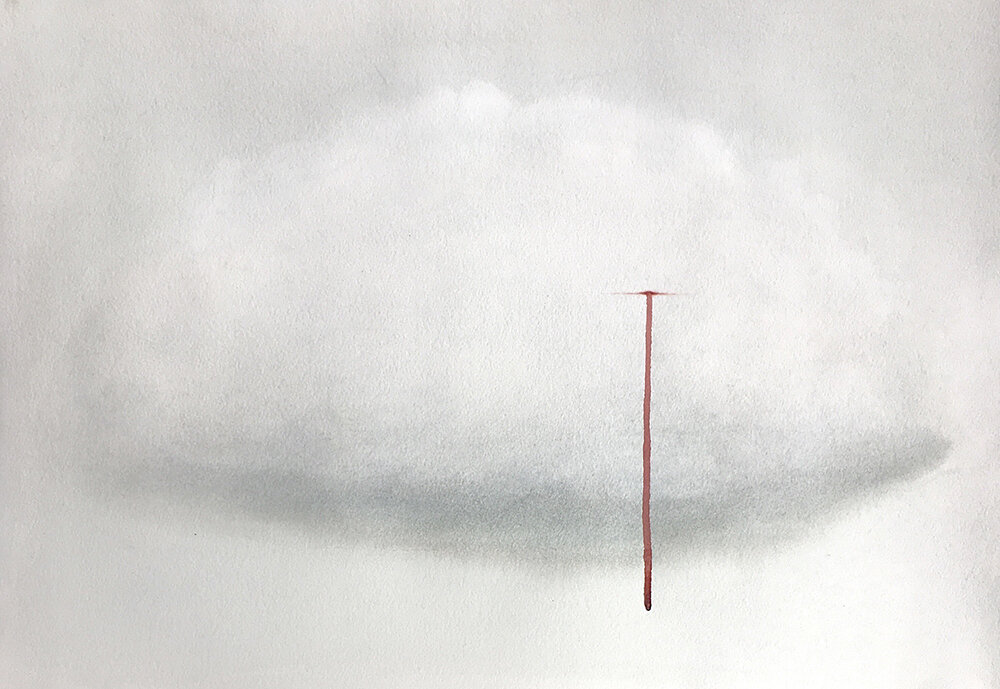
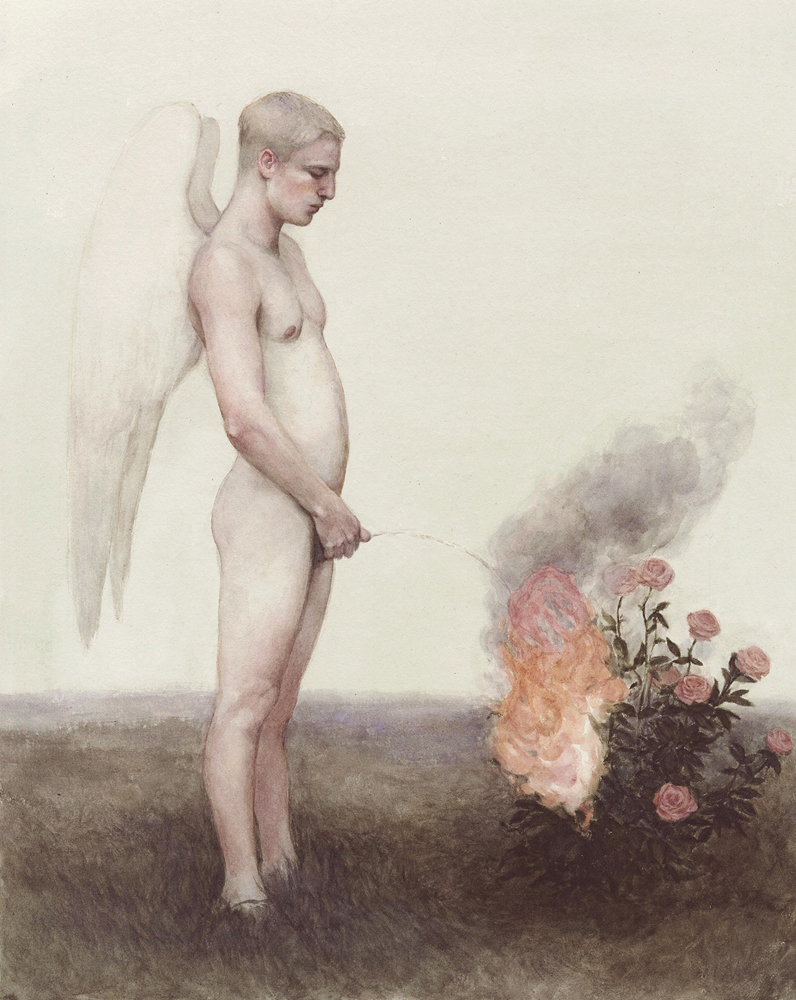

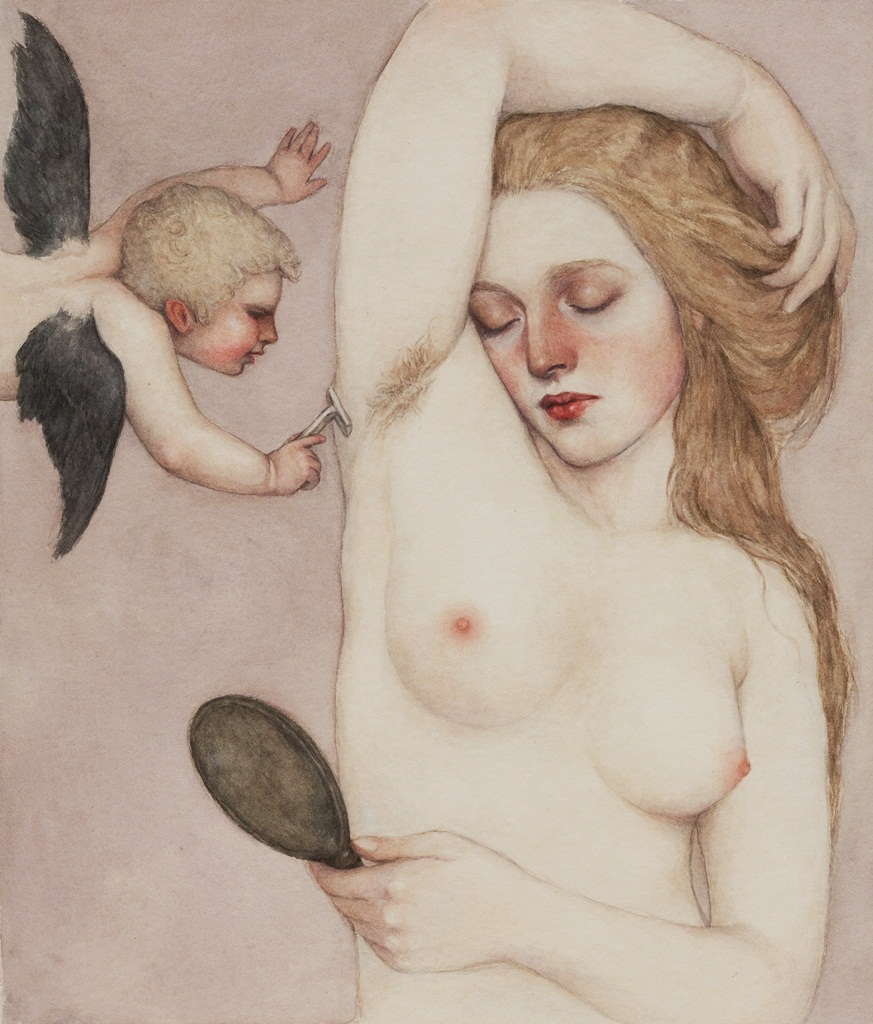
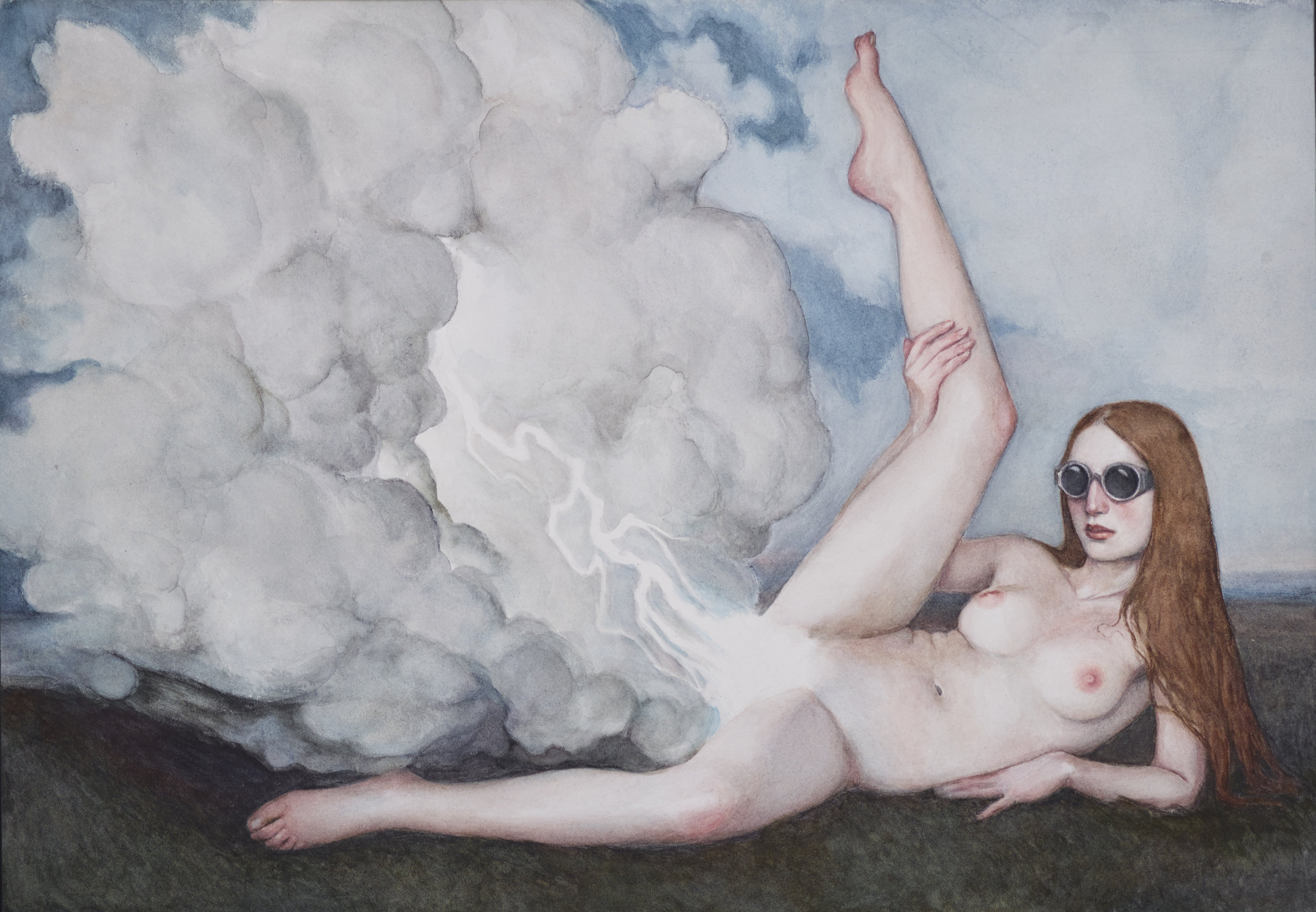
L’une des caractéristiques de la galerie Da-End est sa fidélité aux artistes qui, souvent, y ont montré leur travail pour la première fois. Les visiteurs ont le plaisir de les retrouver au fil des années, à l’occasion d’expositions personnelles ou collectives. Tel est le cas du jeune artiste ukrainien Mykola Tolmachev, présenté pour la première fois rue Guénégaud en 2016. On comprend bien pourquoi Tolmachev a séduit d’emblée Quynh et Satoshi Saïkusa : son travail, absolument étranger aux modes et aux facilités d’un certain art contemporain pour white cubes, se fait, avec une sûreté de main éblouissante, l’écho direct d’un monde intérieur très riche, aux confins du baroque et de l’étrange, superlativement en accord avec les murs sombres de Da-End. La technique même que pratique le jeune virtuose dit son indifférence aux lieux communs post-modernes : l’aquarelle, ce médium des « dames qui font des fleurs », est certes floral chez lui aussi, mais au service des « fleurs du mal », des lys et des tubéreuses qui répandent leurs parfums capiteux dans les salons de Dorian Gray ou de Des Esseintes.
Le monde de Tolmachev est à la fois poétique et violent, toujours hyper-sexualisé. On y croise des garçons rêveurs, aux auréoles paradoxales et des jeunes femmes à la nudité de Vénus pudique. Chez les uns comme chez les autres, le sang coule, ou plutôt sourd, sang du martyre et sang de la défloration, dérisoire et tragique en même temps. Le travail le plus récent de Tolmachev est, par bien des aspects, fidèle à cette constante mythologique, où l’humain et l’animal se mêlent en des figures de désir, où le cosmos lui-même prend part aux émois de passions partout répandues. Laconisme et sophistication triomphent - les deux versants d’une sensualité toujours sadienne.
Alain Rauwel
One of the characteristics of the Da-End gallery is its loyalty to the artists who have often shown there their work for the first time. Visitors have the pleasure of finding them over the years in solo or group exhibitions. Such is the case of the young Ukrainian artist Mykola Tolmachev, presented for the first time at Rue Guénégaud in 2016. It is easy to understand why Tolmachev, at once, seduced Quynh and Satoshi Saïkusa : his work, absolutely outside the fashions and simplicities of a certain contemporary art for white cubes, is, with a dazzling poise, a striking echo of a very dense inner world, on the borders of the baroque and the strange, superlatively in tune with the somber walls of Da-End. The very technique practiced by the young virtuoso shows his indifference to post-modern commonplaces: watercolour, the medium of the “ladies making flowers”, is certainly floral, but in the service of the “flowers of evil”, the lilies and tuberoses spread their captivating scents in the salons of Dorian Gray or Des Esseintes.
Tolmachev’s world is both poetic and violent, always hyper-sexualized. We meet dreamy boys, with paradoxical halos, who practice the cult of Saint Sebastian by replacing arrows with rose thorns, and young women with the nudity of modest Venus. In one another, blood flows, or rather wells up, blood of martyrdom and blood of defloration, paltry and tragic at the same time. Tolmachev’s most recent work is, in many ways, faithful to this mythological constant, in which human and animal mingle in figures of desire, in which the cosmos itself takes part in the distress of passions that are everywhere. But there is also an evolution in progress, already perceptible in 2018 in the illustrations for the poem Kateryna. The fascination for a brilliant and cruel civilization of court, very marked in the early works, is tending to fade in favour of a plastic and chromatic sobriety form, intended to highlight the concetto. Laconism and sophistication triumph - the two sides of a sadistic sensuality, always.
Alain Rauwel
presse
Documents
Catalogue des œuvres disponibles
Exposition rétrospective
Biographie de l'artiste (.pdf)
Catalogue d’exposition / Artworks catalog (.pdf)
Catalogue d’exposition / Artworks catalog Ex Peau (.pdf)
